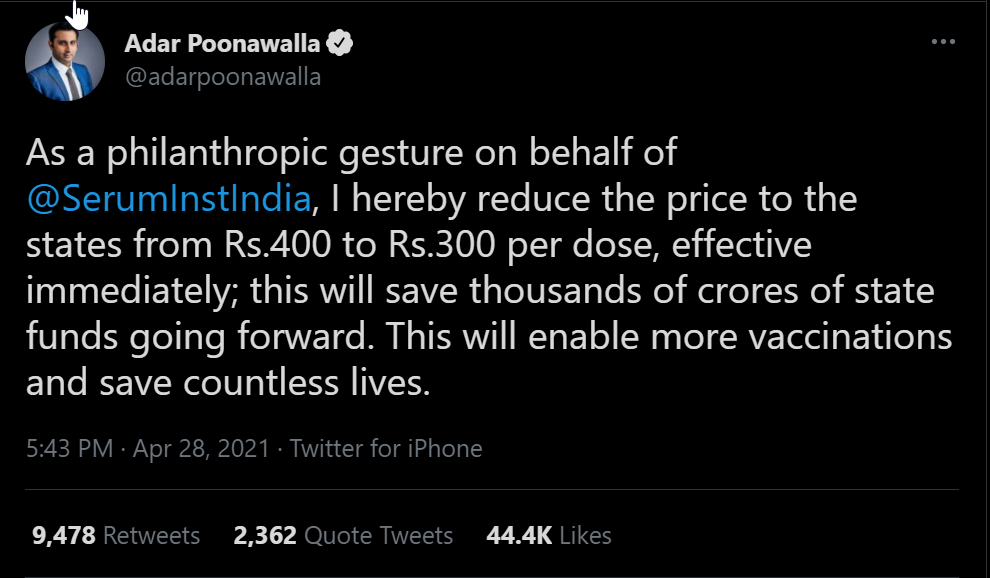I’m conflicted about using Zepto (or its substitutes) for a variety of reasons, but these days, during the summer, I think it is a Most Magical Thing. The ability to order pretty much anything you want, from the comfort of your home, is a wonderful thing – and especially so when the world outside resembles the middle of a 250 degree oven.
And so when Zepto introduced Zepto Pass, I was more than happy to sign up:
Quick commerce firm Zepto on Thursday officially announced the launch of its paid subscription service—Zepto Pass—that will offer greater discounts to consumers, ratcheting up competition in India’s growing quick commerce market.
“The company has piloted Zepto Pass with 5% of its user base for a month and seen rapid adoption—almost a majority of orders came from Zepto Pass subscribers within two weeks during the pilot,” it said in a statement.
According to the company, those who subscribed to the Zepto Pass increased their spending on the app by over 30% and showed a 10% increase in monthly retention. The subscription, priced between 19 and 39 rupees per month, for a majority of customers, offers unlimited free deliveries and up to 20% off on grocery items.
There’s lots to talk about with Zepto, and most of all their pricing. For example, at least in my case, free unlimited deliveries aren’t really free. They are free post a minimum order value (one hundred rupees) and the 20% off offer kicks in only if your order is above six hundred rupees.
But as a student of behavioral economics, I found this to be the most fascinating bit:

For folks who know me (and what I look like), the swimming cap isn’t for me.
But that’s not the most fascinating bit.
The most fascinating bit is the fact that delivery is free, but only if I “apply” the “Free Delivery on this order” coupon. In other words, I first pay what I do to get unlimited free deliveries – this is the Zepto Pass.
But that isn’t enough. I also have to then remember to apply a coupon in order to unlock free delivery. In other words, I have to jump through a hoop to get something that I have already paid for.
Why introduce this friction? Which idiot will choose to not opt for this coupon after explicitly paying for it upfront?
The kind of idiot too busy to notice that one additional button has to be pressed, of course. In other words, a person too busy to sweat over the fine print. What’s an additional thirty rupees off a base value that is around two to three hundred rupees?
This way, not only does Zepto get the up front payment for the Zepto Pass membership, but they also get to collect the delivery fee from at least some of the folks who have paid so as to get… free deliveries.
This is, of course, exactly what opt-in/opt-out and sludge are all about.
But knowing what to call it, and understanding why something is done is a far cry from calling it a good practice. This, I’m sorry to say, does not leave a customer with a good impression.
Don’t get me wrong, I’m not writing this post out of outrage, nor am I demanding my money back, or demanding that Zepto be sued.
Far from it.
But would I recommend Zepto to you, or will I be tempted to pay for Zepto Pass next month?
Far from it.


